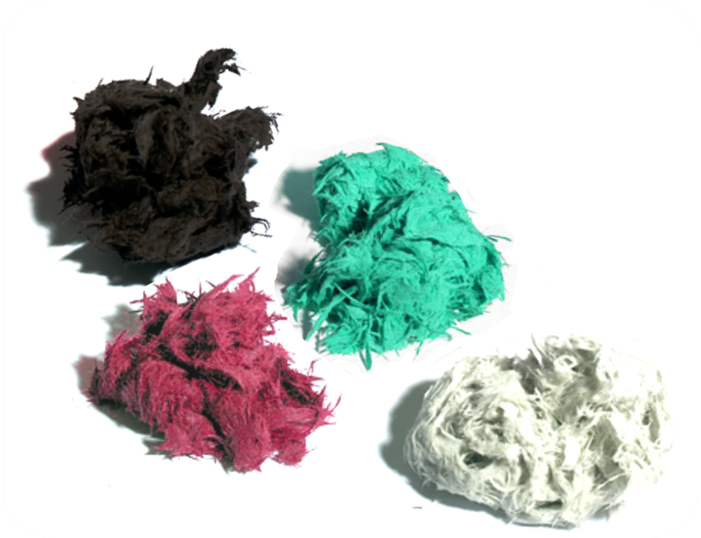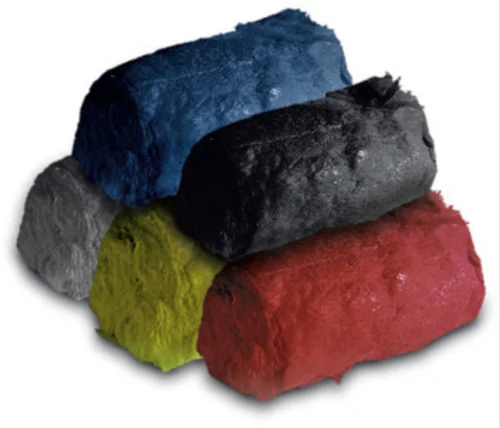Dough Moulding Compound: Complete Guide for Engineers and Manufacturers
Dough Moulding Compound, also called DMC, is a thermoset composite material designed for moulding complex shapes. DMC is supplied in a dough-like mass that combines resin, chopped glass fibers, fillers, catalysts, and performance additives. DMC enables manufacturers to produce lightweight, strong, and electrically insulating parts in high volume.

Composition of Dough Moulding Compound:
DMC formulation varies according to performance requirements.
The following table shows the common composition range used in industrial production:
| Ingredient Type | Typical Percentage | Function in DMC |
|---|---|---|
| Unsaturated Polyester Resin | 35–45% | Acts as primary matrix binder |
| Chopped Glass Fiber | 15–30% | Provides reinforcement strength |
| Mineral Fillers | 20–35% | Controls shrinkage and cost |
| Catalyst/Initiator | 1–2% | Triggers curing reaction |
| Additives (Release, Stabilizers, Pigments) | 1–5% | Improve processability & finish |
Key Benefits of Dough Moulding Compound:
DMC delivers a wide set of performance attributes that make it attractive for critical industries.
List of Major Benefits
-
Ensure dimensional stability under heat and load.
-
Provide excellent electrical insulation and arc resistance.
-
Deliver corrosion resistance in harsh chemical environments.
-
Support paintability and cosmetic finishing.
-
Reduce part weight while maintaining high stiffness.
-
Allow fast cycle times in compression moulding.
-
Maintain low flammability with flame-retardant fillers.
Processing Methods for Dough Moulding Compound:
Compression Moulding:
Compression moulding uses heated presses to shape DMC charges.
It ensures uniform density and high surface quality.
It is best suited for medium-to-large production runs.
Injection Moulding:
Injection moulding of DMC requires shorter fiber length and low viscosity.
It enables production of small, complex, thin-walled parts at high volume.
Transfer Moulding:
Transfer moulding allows incorporation of inserts and precise cavity filling.
It is preferred when high detail and minimal fiber damage are required.
Mechanical, Electrical, and Thermal Properties:
DMC combines mechanical strength with electrical safety.
The material resists deformation at temperatures up to 200 °C.
It prevents electrical tracking, making it reliable for switchgear and enclosures.
Its mechanical properties outperform many commodity plastics.
Applications of Dough Moulding Compound:
DMC finds use in multiple sectors due to its versatility.
List of Key Industries Using DMC
-
Electrical and Electronics (switchgear, insulators, meter boxes).
-
Automotive (headlamp reflectors, housings, under-hood parts).
-
Appliances (washing machine components, microwave oven insulators).
-
Construction (building panels, structural connectors).
-
Industrial Equipment (pump housings, protective covers).
DMC vs Sheet Moulding Compound (SMC):
DMC and SMC are both thermoset composites, yet their structure differs.
DMC uses shorter fibers (3–12 mm) and is supplied in dough form.
SMC uses longer fibers (up to 25 mm) and is supplied as sheets.
DMC is suited for small, complex parts, while SMC fits larger panels.
Design Guidelines for Dough Moulding Compound:
Designers must consider draft angles, rib placement, and gate location.
Maintaining balanced charge placement prevents voids.
Wall thickness between 2 mm and 6 mm ensures strength without excess weight.
Rounded corners improve stress distribution in finished parts.
Sustainability of Dough Moulding Compound:
Modern DMC uses mineral fillers and bio-based resin systems.
Efforts include recycling of scrap into filler material.
Lightweight DMC components help reduce vehicle emissions.
Energy savings are achieved through shorter curing cycles.
Frequently Asked Questions:
Q1. What makes Dough Moulding Compound different from standard thermoplastics?
DMC is a thermoset material with crosslinked structure, so it does not soften with heat like thermoplastics. This property provides higher dimensional stability in electrical and automotive components.
Q2. Can Dough Moulding Compound be injection moulded like polypropylene?
Yes, but only specially formulated DMC with shorter fibers and lower viscosity is suitable. It requires robust screw designs and controlled mould temperatures.
Q3. How long can Dough Moulding Compound be stored before moulding?
DMC has a shelf life of about 60 to 90 days when stored below 20 °C. Cold storage prevents premature curing and maintains viscosity.
Q4. Which industries benefit most from DMC?
Electrical and electronics benefit most due to DMC’s insulation, arc resistance, and fire retardancy. Automotive follows closely for under-hood and lighting parts.
Q5. Is Dough Moulding Compound recyclable?
DMC cannot be remelted, but it can be mechanically ground and reused as filler in new batches. Research is ongoing into chemical recycling of crosslinked composites.
Learn More: Adenoidid: Complete Guide to Causes, Symptoms, Diagnosis, and Treatment
Mannacote: Complete Guide to Culinary, Agricultural, and Industrial Applications
Conclusion:
Dough Moulding Compound represents a versatile, high-performance material that bridges the gap between plastics and metals. Its electrical insulation, heat resistance, and mechanical stability make it essential for industries seeking reliable, cost-effective solutions. With ongoing improvements in sustainability and processing efficiency, DMC continues to expand into new applications across automotive, construction, and electrical sectors.







